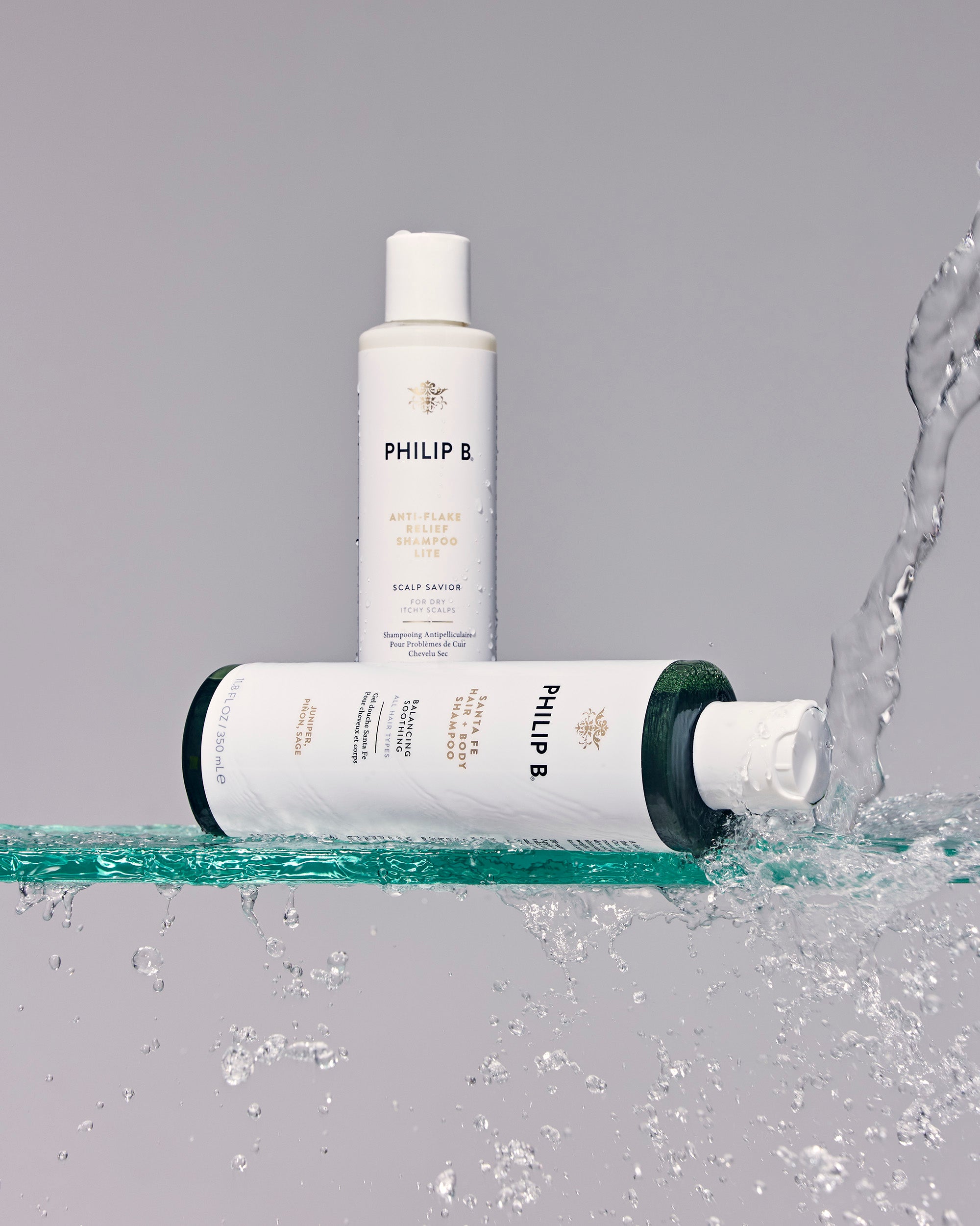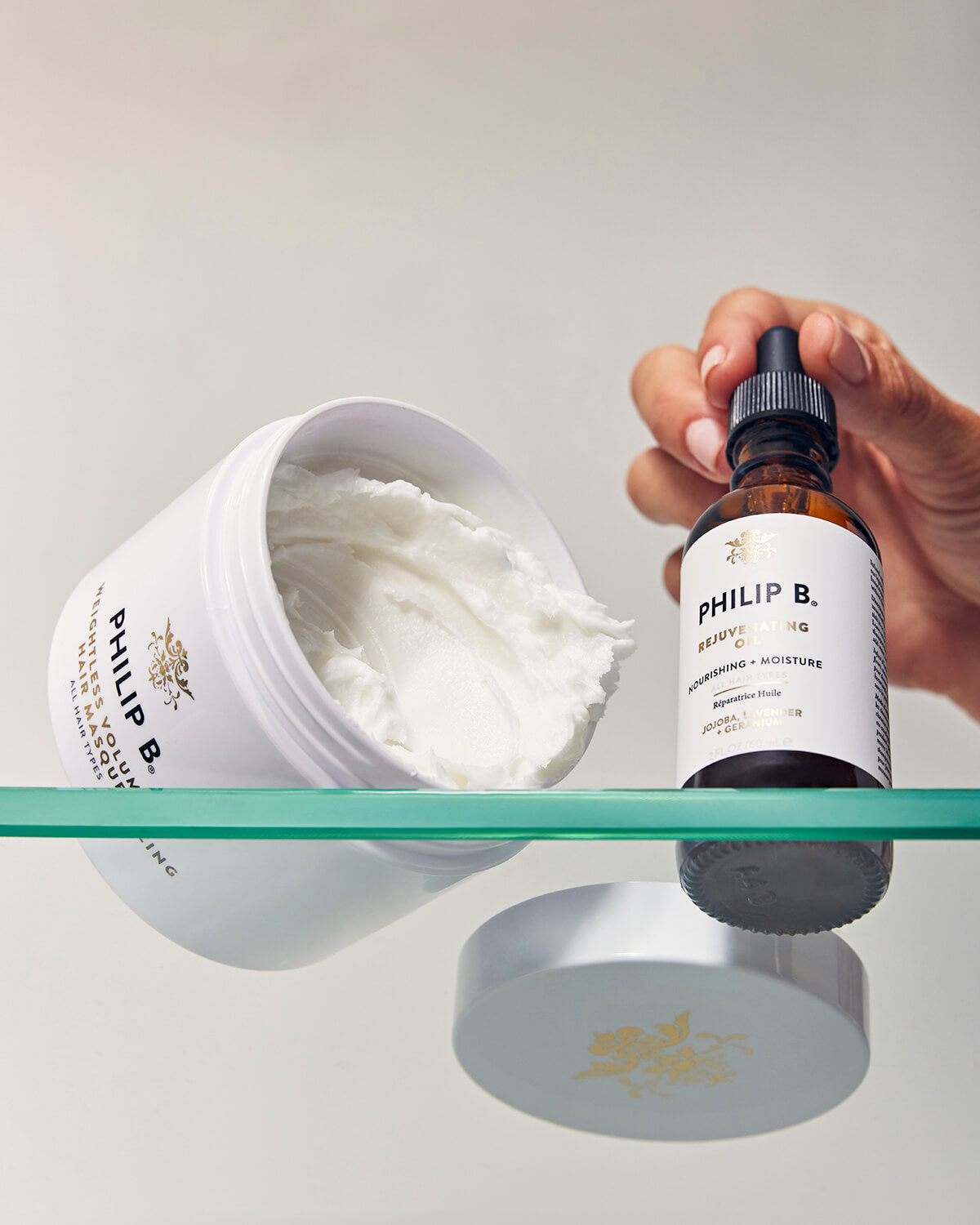How to Transition to Your Natural Hair Texture
What are the benefits of wearing your hair natural vs. chemically treating?
Your natural hair texture holds moisture better than hair that’s been chemically treated, which makes it shinier, more elastic and less prone to breakage. Another nice thing about wearing your hair natural is that you’re already familiar with its texture. Once you chemically treat your hair, it permanently resets the bonds in your hair, so you have to learn how to take care of it all over again. It’s a whole new beginning.
What are the first steps someone should take when deciding to transition to their natural hair texture?
First off, be patient. The growing out process takes time. If you have curls and waves and get a keratin treatment, you’ll start seeing your natural texture at the roots within weeks. So you'll have this texture that blows out straight and glossy but it won’t stay in place. If you have naturally straight hair and are growing out a perm, you’ll have a different problem: you’ll have a lot of body but only in the permed spots.
In both situations, a good blowout is the only way to control it. So, step up your styling. Invest in a great brush, like one of my boar hair’s brushes, to help you smooth those hard-to-reach areas on your head. Watch some youtube videos to help you improve your blow-out technique: Technique is everything. If you have fine hair and are growing out a perm, use some voluming mousse at the top.

I also advise getting regular trims every 6 weeks to help you gradually get rid of the dry, chemically-treated lengths of your hair. Find a stylist who knows how to snip off split ends without giving you a major cut.
And set realistic expectations. The transition phase isn’t easy, but with the right products and styling techniques, you can said through it.
What specific types of products should one use during the transition to maintain hair health?
Chemical treatments leave your hair more fragile and susceptible to breakage, so I recommend weekly Rejuvenating Oil treatments to help restore its natural lipid balance.
For daily care, choose a shampoo and conditioner that’s rich in amino acids and time-released safflower oleosomes, which you’ll find in my Forever Shine and Everyday Beautiful collections.
When you get out of the shower, spray my Detangling Toning Mist over your hair to make comb-outs easier and gentler.
Finally, use a heat-protectant like my Thermal Protectant Spray before hot-styling.

Are there any particular ingredients that people should look for or avoid in hair care products during this time?
Since chemical treatments leave your hair dry, thirsty and hard to manage, you should look for nourishing ingredients like amino acids, shea butter, safflower oleosomes, high-quality botanicals and peptides. Avoid harsh shampoos that lack nourishing ingredients.
What are your top tips for managing different textures in the hair during the transition period?
Moisturize the heck out of the damaged sections and master your styling technique, as explained above. When in doubt, consider getting a shorter cut.

How important is scalp care during the transition process, and what specific scalp care practices do you recommend?
Good scalp care is crucial during the transition phase, because you want to set yourself up for healthy growth. I truly believe that great hair comes from a great scalp. In fact, I founded my whole company on this belief. As a pioneer in this mindset, I’ve been promoting facials for your scalp — with my Four-Step routine — for over two decades.
I also recommend regularly brushing your scalp with a boar-bristle brush to stimulate blood flow to the follicles (again, I make elegant brushes for this purpose.)
My Peppermint Avocado Scalp Scrub and Peppermint Avocado Shampoo are great for invigorating your scalp and keep your hair follicles clear of dead cells and waxy sebum.
If you see any thinning, I also recommend my Scalp Booster System, designed to support natural hair growth for a fuller, more lustrous appearance.





Leave a comment
This site is protected by hCaptcha and the hCaptcha Privacy Policy and Terms of Service apply.